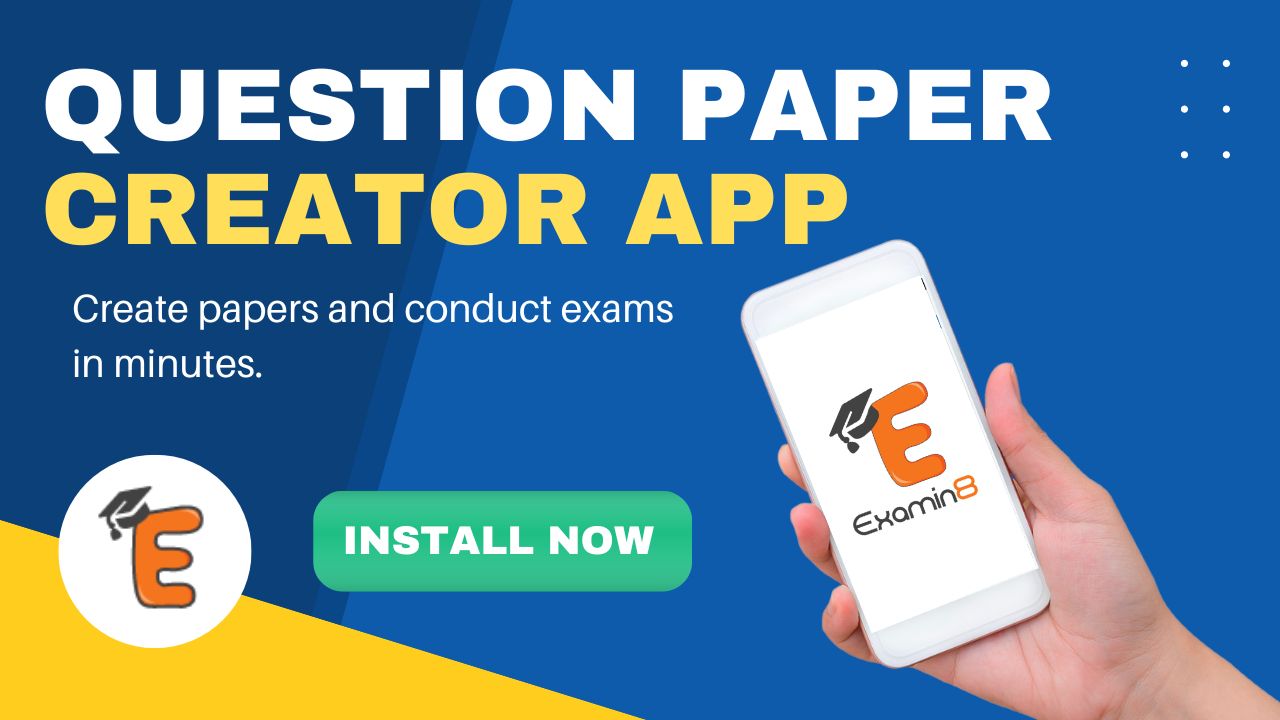“Dialogue and not violence can resolve …

CBSE, JEE, NEET, CUET
Question Bank, Mock Tests, Exam Papers
NCERT Solutions, Sample Papers, Notes, Videos
Related Questions
Posted by Aa Gg 1 year, 3 months ago
- 1 answers
Posted by Manisha Bind 4 months ago
- 0 answers
Posted by Dimple Chaudhary 1 year, 3 months ago
- 0 answers
Posted by Parikshita Mishra 1 year, 2 months ago
- 0 answers
Posted by Deva Sena 1 year, 3 months ago
- 0 answers
Posted by Shreta Suman 1 year, 3 months ago
- 1 answers

myCBSEguide
Trusted by 1 Crore+ Students

Test Generator
Create papers online. It's FREE.

CUET Mock Tests
75,000+ questions to practice only on myCBSEguide app
 myCBSEguide
myCBSEguide

Preeti Dabral 2 years, 11 months ago
Gandhiji met Raj Kumar Shukla, a poor peasant from Champaran, at Lucknow national conference of Congress. Shukla wanted Gandhiji to come to Champaran to help the sharecropper peasants who were forced to grow indigo on 15 percent of their land and part with it as rent. Since the development of synthetic indigo, cultivation of indigo had become useless as the profits dwindled. The landlords wanted the peasants to pay compensation. To understand the whole situation, Gandhiji wanted to meet the high officials. He tried to meet the commissioner of Trihut but was bullied and asked to leave the city. He defied the orders. His refusal to obey the orders and subsequently to submit bail created a tricky situation. The spontaneous demonstration of a mass movement to help Gandhiji compelled the officials to drop the case against him. Gandhiji agreed to 25 percent of refund to the peasants because he knew that by refunding even a part of compensation would lead to loss of prestige for the British. Finally, the British landlords abandoned their land which was returned to the peasants. This was the first success on the road to Indian freedom.
0Thank You